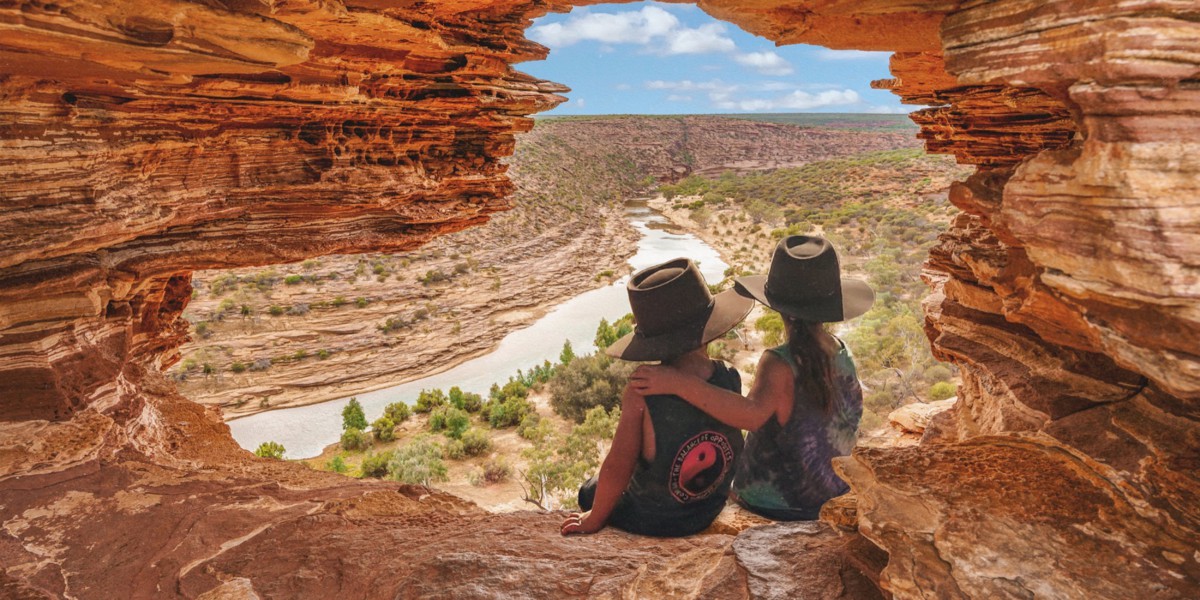The fallout from the destruction of Juukan Gorge, a 46,000-year-old heritage site in the Western Pilbara, by Rio Tinto in May has been telling. A tape leaked to the Financial Review revealed that chief executive Chris Salisbury told a staff meeting he only meant to apologise for “any distress caused,” not for any wrongdoing.
These views were reinforced during a Radio National interview (where would we be without our ABC?) in which Salisbury refused to directly answer Hamish Macdonald’s repeated questions whether Rio Tinto had done anything wrong.
Was the destruction a mistake or not? “No,” said former top Rio Tinto advisor Glynn Cochrane, “the company is now focused on what it can get away with.”
A severe backlash followed. Interestingly, pressure was much larger coming from its international stakeholders who were “aghast” at the destruction. The mining company has now committed to an internal review of its heritage management processes which will be completed and made public by October.
It begs the question, why is this allowed to happen? Do we, as a nation, not appreciate our indigenous cultural heritage as much as say, the Colosseum? As one panellist on The Drum pointed out mid-June, “why are we even discussing the toppling of 100-year-old statues while we’re allowing the destruction of a 46,000-year-old site?”
There is undeniably a strong argument that we need to educate ourselves on our indigenous history – both the good and the bad – and learn, understand and appreciate the huge significance of indigenous heritage and the struggle of its people. It’s heartening to see the ongoing discussion that has taken centre stage because of the Black Lives Matter movement.
A soon-to-be released landmark study, which canvasses the views of 4000 indigenous Australians, states that Aboriginal and Torres Strait Islanders want an equal say in matters that relate to them in renewed efforts to close the gap. Local-level decision-making is vital in Indigenous affairs.
Pat Turner, for decades a strong Aboriginal voice, is the lead convenor of the Coalition of Peaks, which brings together about 50 Indigenous community peak organisations. She describes the survey as ground-breaking because it put Indigenous-led organisations at the heart of a new push to overcome entrenched disadvantage. “It’s a vast difference to what’s happened in the past, when bureaucrats have led those processes,” she said.
Another important step is a review of cultural heritage laws. In Australia, the protection of heritage sites is up to each individual state or territory. In the aftermath from the Juukan Gorge destruction, Western Australia’s protection laws have been touted archaic and outdated, and similar criticism has been voiced about other state legislation.
It prompted Australia’s leading Indigenous organisations to establish an alliance to protect cultural heritage sites, the First Nations Heritage Protection Alliance.
It also prompted Environment Minister Sussan Ley to order a new heritage assessment of the Doma Group development near Canberra. The plan included building more than 200 homes, a private tennis court and pool on a possible sacred Aboriginal site.
BHP has said it will not damage 40 heritage sites which it received ministerial permission to destroy without “further extensive consultation” with traditional owners, after Guardian Australia revealed that traditional owners had been legally prevented from speaking publicly about the sites.
The Senate has now agreed to look at all states and territories where Aboriginal heritage is poorly protected under the law. The inquiry is due to report by 30 September.
Let’s all make sure we keep the momentum towards reconciliation going. We need to keep paying attention and listen to indigenous voices. And above all, let’s embrace our indigenous heritage and preserve it for future generations. Losing another piece of ancient history would be a true tragedy.


